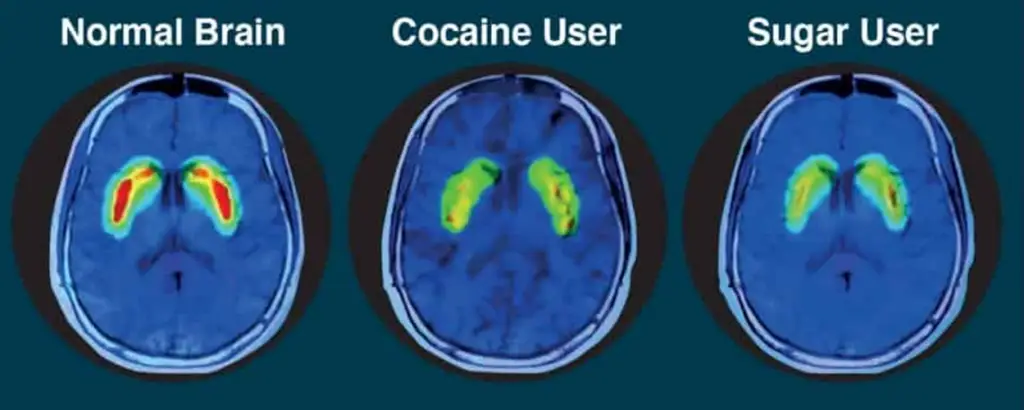RFK Jr Is Wondering…
The GLP-1 Drugs* Cost 35 Billion Dollars in 2023
*(Wegovy, Monjaro, Ozempic, and Zepbound)
Why should we spend a fortune to treat diseases which could be prevented in the first place? Forty percent of the US population is obese, compared with 16% of the population of the European Union. (WHO) Discounting cultural differences, the primary explanation is the food supply.
How we got to our present weights is a complex process. Calories in, calories out, exercise, partial fasting, hunger modifiers, and a host of other factors interact. Excess consumption is the key. Ultraprocessed foods drive hunger; hunger drives consumption.
Ultra-processed foods disrupt the body’s natural satiety signals. High sugar combined with high fat content promote rapid consumption, and engineered palatability leads to lower levels of appetite-suppressing hormones and higher levels of hunger hormones. (Nature Oct 2015) You eat faster and never feel full. That is why the Lay’s potato chip slogan, “Betcha can’t eat just one” is true. You eat till the bag is empty.
The GLP-1 drugs were designed to target blood sugar and GI hormones. The unexpected key to the new GLP-1 drugs is they decrease hunger. They slow down digestion, making people feel full. If they eat, they will feel uncomfortably full. The most frequent side effects are nausea and constipation. For patients who adjust to the side effects, they reduce their consumption from 2,400 calories daily to 1,000. Last year GLP-1 drugs were effective in eight million people. They cost 35 billion dollars in 2023.
Food scientists spent 20 billion dollars in the US to enhance food safety field to table. They also make foods addictive. They replace much of the original food with proprietary recipes of salt, sugar, artificial flavorings and texturings that fool the taste and hunger centers in the brain. Potato chips are high in calories but low in satiety, which leads to overeating. Chips are also high in salt, causing dehydration which the brain mistakes as hunger, rather than thirst. How powerful can these urges be? The pet scan images below show the similarities of sugar and cocaine on the brain.

The Twinkie is fifty-percent sugar. Betcha can’t eat just one.
“Ultra-processed foods are typically energy-dense, high in sugars and fat, and low in fiber, protein, minerals, and vitamins,” explains Dr. Cheryl Marsland, U.S. Space Force Consultant Dietitian. “Overconsumption of these foods has been linked to poor health, weight gain, and unhealthy eating patterns.”
Ultra-processed foods make up 2/3 of the calories consumed by children and teenagers.
Overconsumption of these foods results in behavior resembling opiate addiction. Junk foods flood the brain with dopamine and powerful cravings which includes eating bad foods despite knowing the harm.
Regulating the manufacture of ultra-processed foods will be complicated. We have not defined the categories food scientists can cook up. Consider the Twinkie: it contains thirty-nine ingredients. Five are natural; the rest are processed. The original Twinkie, made with shortbread and banana cream had a shelf-life of 3 days. The current Twinkie, unlike the 1930 original, has no dairy products. Half its weight is sugar. It contains fifteen percent of your daily sodium needs. Its shelf life is forty-five days — fifteen times longer!
How does one frame regulations for the other thirty-four processed ingredients? The industry and regulators will litigate the science; the food industry is valued at two trillion dollars. They can mount significant opposition.
Trans fats regulation is instructive. Trans fats — partially hydrogenated oils — are excellent preservatives. However, they increase cardiac risk, raising LDL, lowering HDL and disrupting cellular membranes, leading to cardiovascular events. It took 30 years for trans fats to be regulated, with the FDA finally declaring partially hydrogenated oils (the primary source of trans fats) as “not generally recognized as safe” in 2015, effectively banning their use in food. It gave manufacturers three years to comply. The full ban went into effect in 2018. That was for one ingredient.
The long-term solution is to decrapify the American diet and do it in less than 30 years. Robert Kennedy has said he wants to get the best data to be examined by neutral experts with complete transparency presented to informed consumers. This will resemble cleaning the Augean stables. That is exactly what you don’t want to do. The agriculture industry will bury the FDA with food science data.

Better the FDA should follow the lead of Barry Popkin, University of North Carolina. He convinced the Chilean government to warn consumers of dangerous levels of sugar, sodium, and saturated fats with vivid labeling. Consumers cut consumption of those foods 15 to 30%. The food manufacturers, eager to get rid of the labels and regain market share, reformulated healthier products. Countries around the world are adopting the system.
Here’s the message, Mr. Kennedy. Improving the food supply will do more good than all your other campaigns combined. Stop the vaccine misinformation. There are vaccines to treat cancers coming. Don’t slow their development. The families will eat you alive. As for posing naked in the shower while your wife hawks her cosmetics. Try to put a lid on it.

